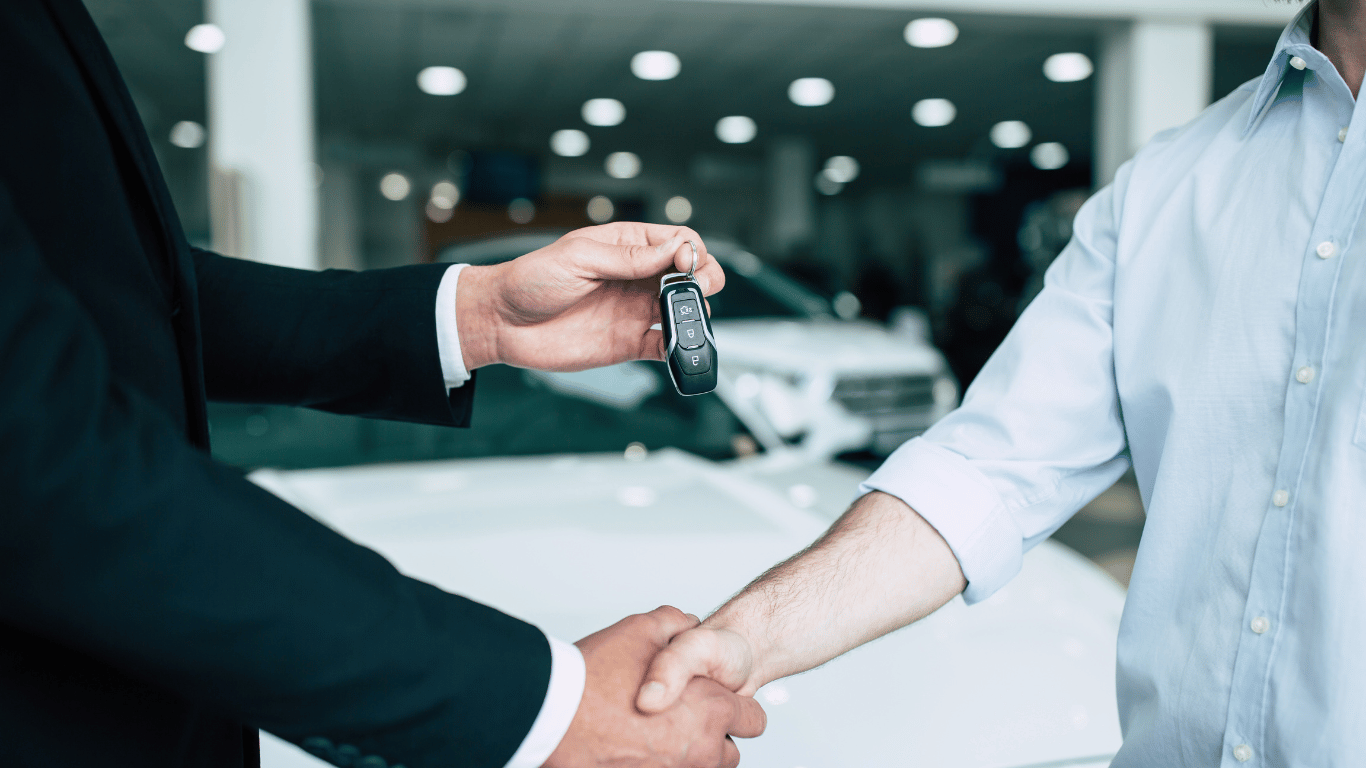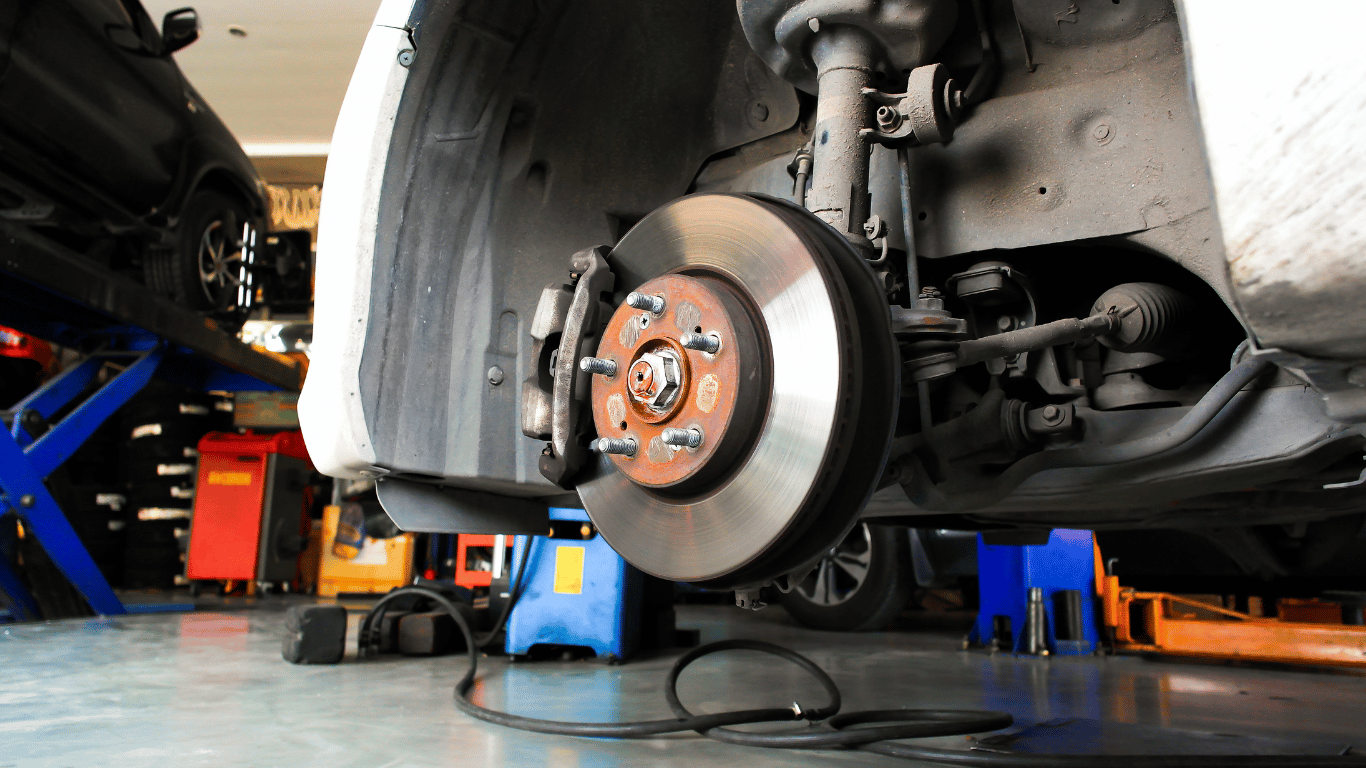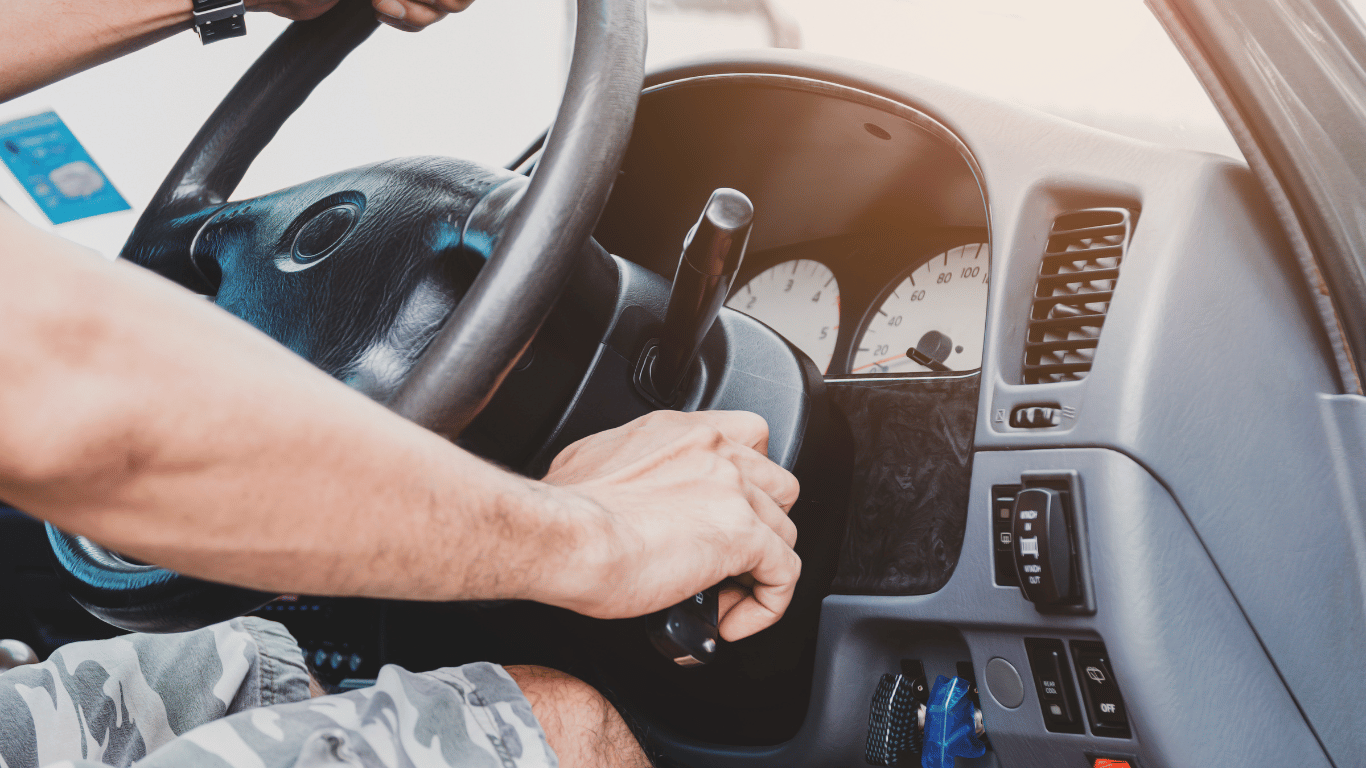Buying a used car in South Africa can be a rewarding move—if you know what to look for! With thousands of second hand cars for sale, it’s vital to approach your purchase with a clear checklist, smart research, and an eye for red flags. Here’s Fixxr’s expert step-by-step guide for a safe, successful transaction from your first search to final paperwork.
Step 1: Set Your Budget and Needs
Start by defining your budget and what you need from a car (commuting, family, business, etc.). Include insurance, transfer fees, repairs, and routine service costs in your calculations. Consider ownership costs, not just the price tag.
Step 2: Shortlist Models & Research
Research popular, reliable models suited to South African roads. Use trusted platforms to check prices and common issues. Compare cars with similar specs; avoid models known for expensive faults or with hard-to-find parts.
Step 3: Vet the Seller (Dealer or Private)
Verify if you’re dealing with a registered dealer (who must comply with the Second-Hand Goods Act or a private seller. Ask for the service history, reasons for selling, and verify their identity/documents.
Step 4: Inspect the Vehicle
- Exterior: Check for dents, rust, warped panels, mismatched paint, and chipped windows.
- Tyres: Look for even tread; see our inspect for tyre wear and tear resource.
- Doors/Windows: Ensure all open, close, and lock—see tips for issues with doors locking or opening.
- Interior: Inspect electronics, aircon, odours, and window functions.
- Dashboard: Turn ignition, watch for warning lights.
Step 5: Engine and Mechanicals
If unsure, book a general car inspection or book a professional car inspection.
- Engine: Check for leaks, odd noises, and clean oil. Reference our check for clunking noises when driving over bumps.
- Coolant: Confirm levels; look for leaks (inspect for coolant leaks).
- Clutch/Transmission: Ensure gears shift smoothly (clutch not fully disengaging).
- Brakes/Handbrake: Brakes should feel solid, hand brake must work.
Step 6: Paperwork Musts
Check the original registration (NATIS), service book, roadworthy certificate, and match the VIN to registration.
Step 7: Test Drive
Always test drive: listen for rattles, check acceleration/braking, and check the electronics. If you’re unsure, see how to schedule a diagnostic inspection.
Step 8: Understand Real Costs
Budget for transfer, roadworthy, licence fees, insurance, and repairs. Prepare for possible immediate maintenance.
| Expense | Estimated Cost (R) |
| Change of ownership | 500-1500 |
| Roadworthy certificate | 500 – 700 |
| Service/repairs | 3000 – 10 000 |
| Licence | 250 – 600 |
Step 9: Arrange Professional Inspection
For serious peace of mind, a third-party check is best. Fixxr’s mobile car inspection follows AA’s comprehensive 125-point process. You’ll get an expert report, clear findings, and warranty on repairs to ensure you’re protected and fully informed. Learn more or book a general car inspection.
Conclusion
Buying a second hand car doesn’t have to be risky. With this checklist, you can spot red flags, demand the right paperwork, and negotiate like a pro. For expert support, book a professional car inspection and drive away with confidence—knowing you’ve made a smart investment.



